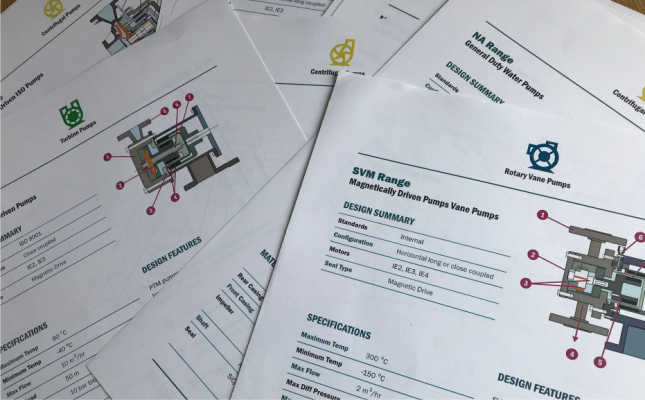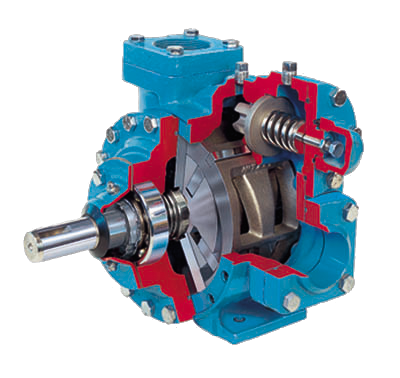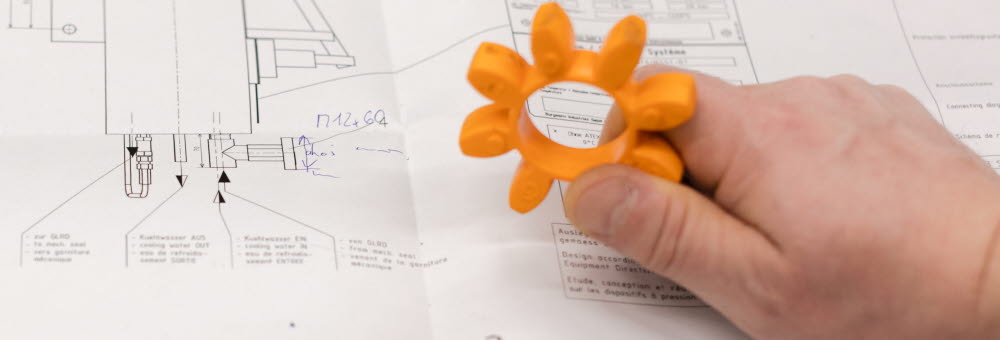Technical Support
AxFlow is built on specialist knowledge through our years of experience and talented collegues. Please contact our UK based team for specialist help and advice on your product selection and technical needs. Otherwise, please find a selection of help and data below on our product ranges, suppliers, case studies and helpful videos.
Datasheets & Manuals
Please click the link to go to the technical literature of the manufacturer you are interested in.
Read morePump Technologies
With such a wide product range, AxFlow offers numerous different pump technologies and designs to ensure we can offer the best solution for your application.
Read moreService Capabilities
AxFlow offers a comprehensive range of product services covering the installation, monitoring and maintenance of our products.
Read moreSystems
Our intimate knowledge of the key individual components such as pumps, heat exchangers and dispersion equipment that comprise food and beverage process equipment; makes us uniquely placed to...
Read moreTechnical Articles
A range of articles written by our technical experts covering the application of pump technologies to real life situations.
Read moreSubmersible pumping station & Smart technology
For the aviation industry to refurbish existing foul water drywell submersible pumping station incorporating new Flygt pumps and Smart technology
Read moreTechnical Library
AxFlow UK are creating a library of engineering data used in relation with pumps, valves and heat exchangers.
Read more




